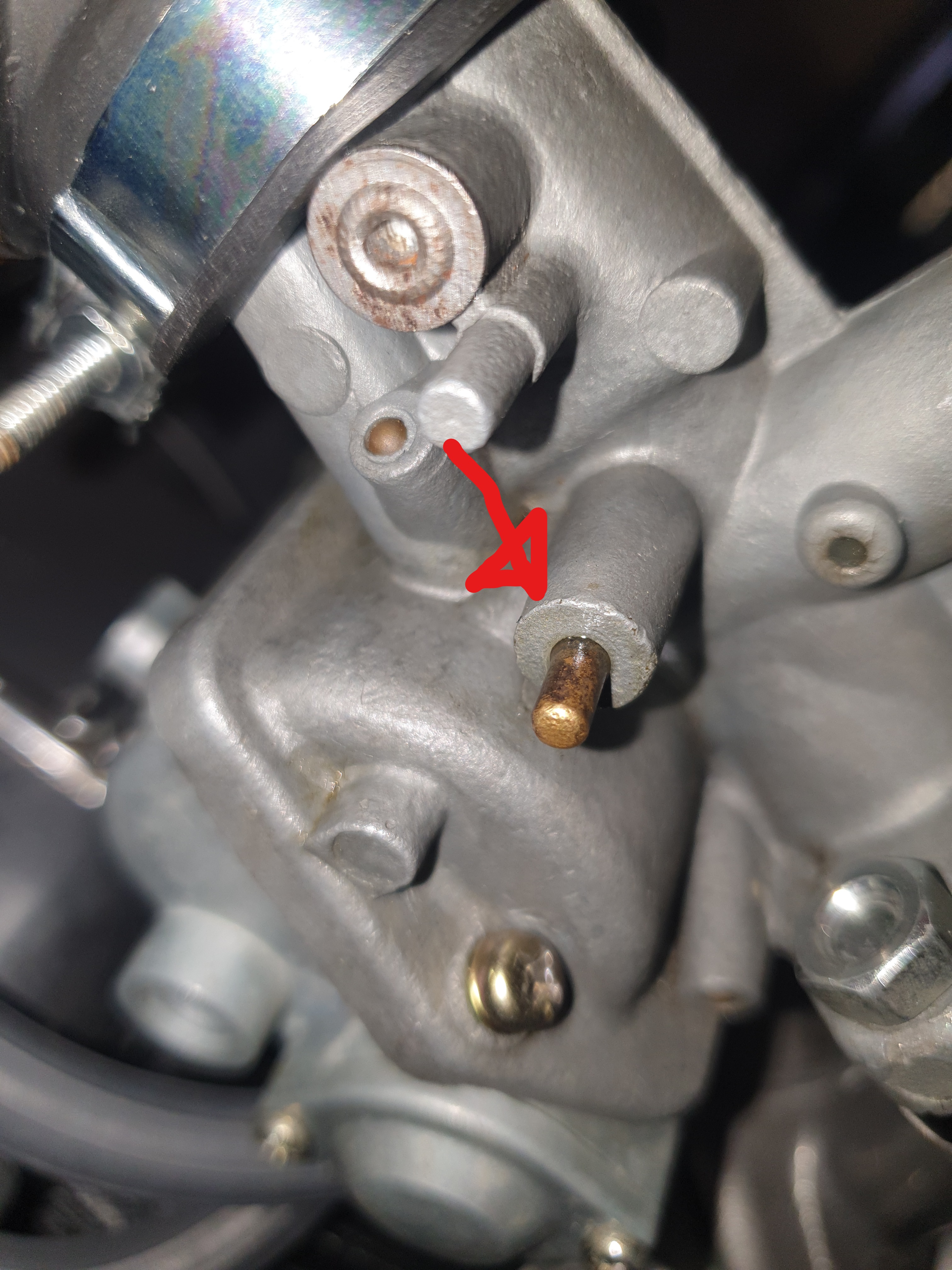Thomas H.
Member
Hi,
Two questions, that I hope some of you dedicated people can answer.
I had an engine restored, and the guy did a terrible job.
He had used lots of old worn and damaged parts, for an example a cylinder with a very large crack running through it, "fixed" with some kind of sealant and a thick layer of paint. This helped explain why it was smoking insanely to begin with.
The timing chain tensioner arm was old and worn as well, and did not apply enough pressure on the chain. The gear shifter spring didn’t apply enough pressure either, making it nearly impossible to go into 3rd gear.
Tappet caps was of poor quality and made in China, not original ones as otherwise agreed. Bad functioning clutch mainly due to clutch plates with quite a bit of wear. Worn clutch guide, wrong clutch nut used, and damaged lock plate as well. Several washers were missing.
The list was long.
Had the engine restored again, and all of these errors corrected.
This time it was done properly by a guy who used to own a moped repair shop back in the 70s and 80s, and who has a very good reputation. The engine now seems to be running good. No more white smoke, and seems to be going steady when idling.
Only one thing I'm wondering about, and one issue.
The issue is that the carburetor seems to be leaking from the air screw.
It seems to happen after a good run, a few hours after and in the coming days. Then it seems to stop.
As from what I can understand the fuel level shouldn't even be all the way up here?
This screw doesn't have an o ring, and shouldn't have one. Any of you who have experienced a similar issue? I haven't notice any fuel dripping from the overflow, not seen any traces on the ground at least...
The other thing is the gear shifting.
It shifts fine from the 1st gear to the 2nd, but only if my speed is at a maximum of around 10 – 12 km per hour. If I drive with a speed above this, i simply can’t shift gear. Whenever I push the lever nothing happens, but as soon as the speed drops I’m once again able to shift gear just fine. The gear pattern here is 1st gear up, Neutral one down from 1st gear, and the rest down.
The same thing seems to happen quite frequently when I try to shift from the 2nd gear to the 3rd. If I drive 25 - 28 km per hour or above, I’m often not allowed to shift gear.
Downshifting is however working perfectly at all speeds.
If I shifts gear before hitting these speeds, the clutch also engages perfectly fine every single time.
Is this normal for a bike like this?
Kind regards,
Thomas

Two questions, that I hope some of you dedicated people can answer.
I had an engine restored, and the guy did a terrible job.
He had used lots of old worn and damaged parts, for an example a cylinder with a very large crack running through it, "fixed" with some kind of sealant and a thick layer of paint. This helped explain why it was smoking insanely to begin with.
The timing chain tensioner arm was old and worn as well, and did not apply enough pressure on the chain. The gear shifter spring didn’t apply enough pressure either, making it nearly impossible to go into 3rd gear.
Tappet caps was of poor quality and made in China, not original ones as otherwise agreed. Bad functioning clutch mainly due to clutch plates with quite a bit of wear. Worn clutch guide, wrong clutch nut used, and damaged lock plate as well. Several washers were missing.
The list was long.
Had the engine restored again, and all of these errors corrected.
This time it was done properly by a guy who used to own a moped repair shop back in the 70s and 80s, and who has a very good reputation. The engine now seems to be running good. No more white smoke, and seems to be going steady when idling.
Only one thing I'm wondering about, and one issue.
The issue is that the carburetor seems to be leaking from the air screw.
It seems to happen after a good run, a few hours after and in the coming days. Then it seems to stop.
As from what I can understand the fuel level shouldn't even be all the way up here?
This screw doesn't have an o ring, and shouldn't have one. Any of you who have experienced a similar issue? I haven't notice any fuel dripping from the overflow, not seen any traces on the ground at least...
The other thing is the gear shifting.
It shifts fine from the 1st gear to the 2nd, but only if my speed is at a maximum of around 10 – 12 km per hour. If I drive with a speed above this, i simply can’t shift gear. Whenever I push the lever nothing happens, but as soon as the speed drops I’m once again able to shift gear just fine. The gear pattern here is 1st gear up, Neutral one down from 1st gear, and the rest down.
The same thing seems to happen quite frequently when I try to shift from the 2nd gear to the 3rd. If I drive 25 - 28 km per hour or above, I’m often not allowed to shift gear.
Downshifting is however working perfectly at all speeds.
If I shifts gear before hitting these speeds, the clutch also engages perfectly fine every single time.
Is this normal for a bike like this?
Kind regards,
Thomas


